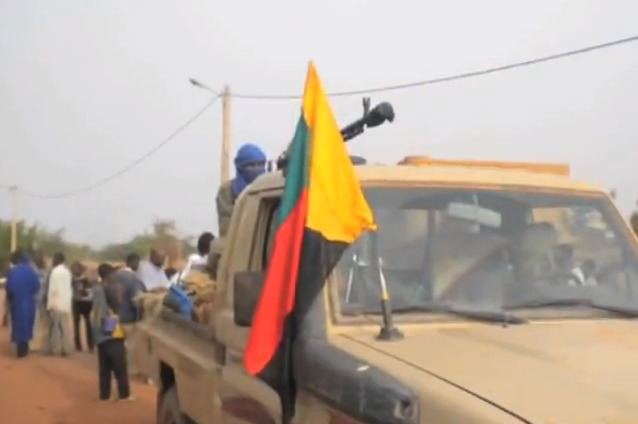The following is a timeline of major events during the Northern Mali conflict.
(Text) CC BY-SA

